"Total Performance" was much, much more than just a slogan at Ford in the mid-Sixties. Its was a philosophy practiced throughout the company under the enthusiastic leadership of "Hank the Deuce", Henry Ford II, who had rescued the company from incipient ossification following WWII and overseen its regeneration into a force to be reckoned with not only in the salesrooms but also in almost every form of motorsport. The GT40 was announced and with it Ford's intention to compete at the top of world endurance road racing. Galaxies ran high and fast on NASCAR's ovals. Falcons stuffed with hi-po Challenger 289s were rally leaders. And the Mustang was about to create a new market, the Pony Car. The Galaxie 500 was Ford's image and production leader, accounting for fully half of Ford's 1964 model year production of 1.1 million units. These were the cars that "Sold on Monday", if they won on Sunday so Ford went to great lengths to get the Galaxie 500 into the winner's circle. Wearing a sleek fastback 2-door hardtop body, it was the Galaxie 500 that brought Ned Jarrett, Fireball Roberts, Fred Lorenzen, Dan Gurney, Marvin Panch and Junior Johnson into NASCAR's victory circle in 1964. As NHRA drag racing grew in popularity with the likes of Dick Brannan, Phil Bonner, and Les Ritchey so did Fords’ interest in furthering its racing program. In 1963, at some tracks, the “Lightweights were not recognized as factory produced pieces by NHRA. They would run them in either FX of Super Stock class, which made it difficult to prepare for races. Ford went to NHRA and told them they wanted to build a lightweight car for Super Stock racing. They agreed on specs and Ford built the “Lightweights.” When it came to racing NHRA continued to run them in the FX class. Ford responded by threatening to pull all its support out of drag racing. NHRA then created the AA Stock class for the Galaxies. Ford built 50 Lightweights, the minimum allowed by NHRA, 25 automatics and 25 four speeds. Mike Schmidt, who drove the Desert Motors car, won the Stock Eliminator class in a Lightweight. These rare 1964 lightweight Galaxie 500s featured a new engine package, the high-rise dual quad R-code 427. It included revised cylinder heads with high intake ports and a long runner dual quad manifold for optimum performance. The valves were lightened with hollow stems to increase rpm and to take advantage of a new camshaft profile. Still rated at 425 horsepower, the '64 Ford 427 High-Rise was in fact a toolroom-built all-out racing engine that left 425hp behind on the dynamometer well before reaching its redline. Phil Bonner, who sold cars for Al Means Ford in Atlanta during the week and raced for him on the weekends, was one of the winning drivers for Ford. His single overhead cramshaft Ford Falcon, known as “Daddy Warbucks,” was a spectacular competitor in the A/FX “Factory Experimental” class. This rare 64’ Lightweight is one of three given to Bonner. It is an historic and significant original example of the techniques, components and materials used by the Ford factory to build these limited production examples of "Total Performance."
"Total Performance" was much, much more than just a slogan at Ford in the mid-Sixties. Its was a philosophy practiced throughout the company under the enthusiastic leadership of "Hank the Deuce", Henry Ford II, who had rescued the company from incipient ossification following WWII and overseen its regeneration into a force to be reckoned with not only in the salesrooms but also in almost every form of motorsport. The GT40 was announced and with it Ford's intention to compete at the top of world endurance road racing. Galaxies ran high and fast on NASCAR's ovals. Falcons stuffed with hi-po Challenger 289s were rally leaders. And the Mustang was about to create a new market, the Pony Car. The Galaxie 500 was Ford's image and production leader, accounting for fully half of Ford's 1964 model year production of 1.1 million units. These were the cars that "Sold on Monday", if they won on Sunday so Ford went to great lengths to get the Galaxie 500 into the winner's circle. Wearing a sleek fastback 2-door hardtop body, it was the Galaxie 500 that brought Ned Jarrett, Fireball Roberts, Fred Lorenzen, Dan Gurney, Marvin Panch and Junior Johnson into NASCAR's victory circle in 1964. As NHRA drag racing grew in popularity with the likes of Dick Brannan, Phil Bonner, and Les Ritchey so did Fords’ interest in furthering its racing program. In 1963, at some tracks, the “Lightweights were not recognized as factory produced pieces by NHRA. They would run them in either FX of Super Stock class, which made it difficult to prepare for races. Ford went to NHRA and told them they wanted to build a lightweight car for Super Stock racing. They agreed on specs and Ford built the “Lightweights.” When it came to racing NHRA continued to run them in the FX class. Ford responded by threatening to pull all its support out of drag racing. NHRA then created the AA Stock class for the Galaxies. Ford built 50 Lightweights, the minimum allowed by NHRA, 25 automatics and 25 four speeds. Mike Schmidt, who drove the Desert Motors car, won the Stock Eliminator class in a Lightweight. These rare 1964 lightweight Galaxie 500s featured a new engine package, the high-rise dual quad R-code 427. It included revised cylinder heads with high intake ports and a long runner dual quad manifold for optimum performance. The valves were lightened with hollow stems to increase rpm and to take advantage of a new camshaft profile. Still rated at 425 horsepower, the '64 Ford 427 High-Rise was in fact a toolroom-built all-out racing engine that left 425hp behind on the dynamometer well before reaching its redline. Phil Bonner, who sold cars for Al Means Ford in Atlanta during the week and raced for him on the weekends, was one of the winning drivers for Ford. His single overhead cramshaft Ford Falcon, known as “Daddy Warbucks,” was a spectacular competitor in the A/FX “Factory Experimental” class. This rare 64’ Lightweight is one of three given to Bonner. It is an historic and significant original example of the techniques, components and materials used by the Ford factory to build these limited production examples of "Total Performance."
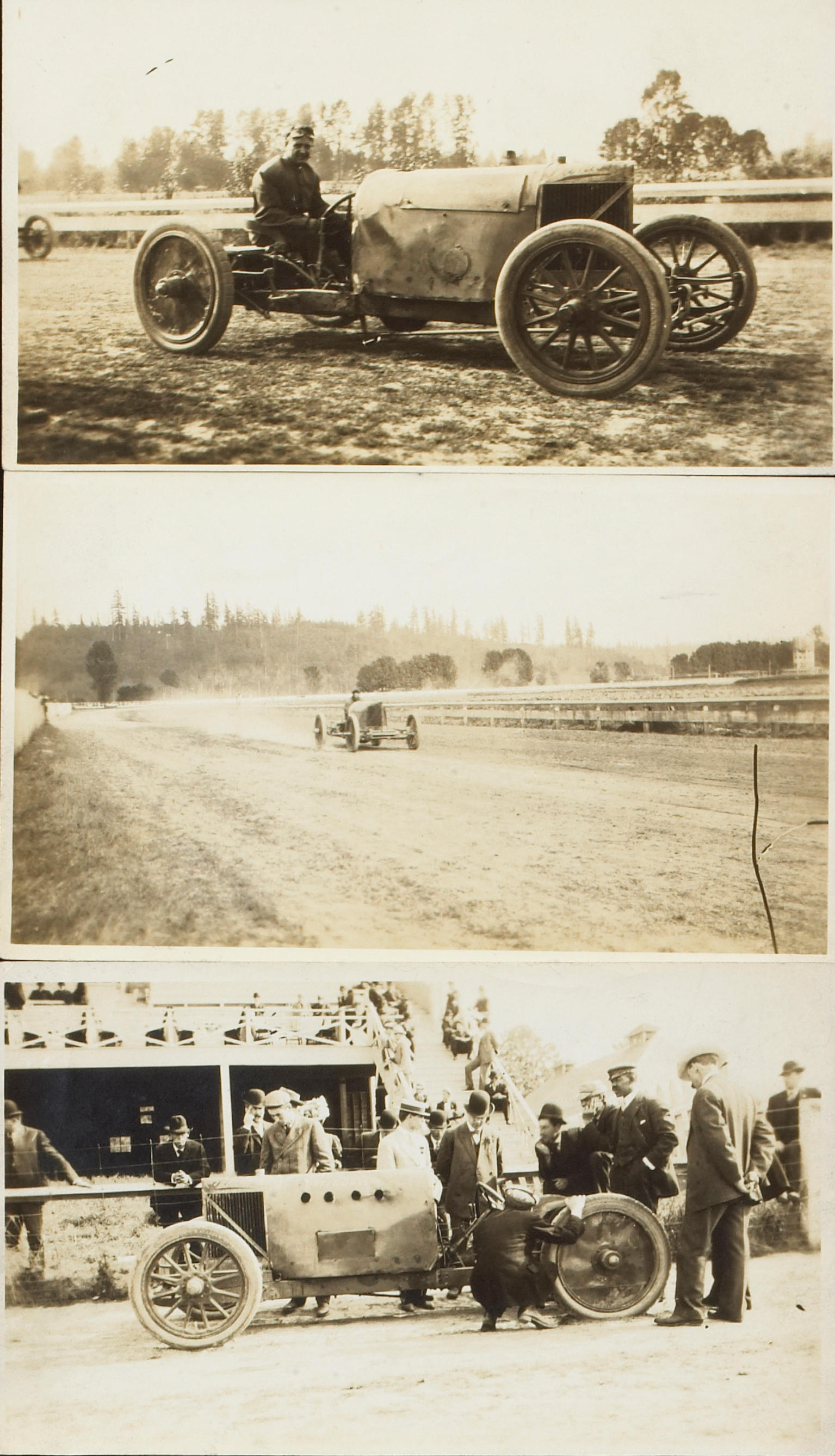
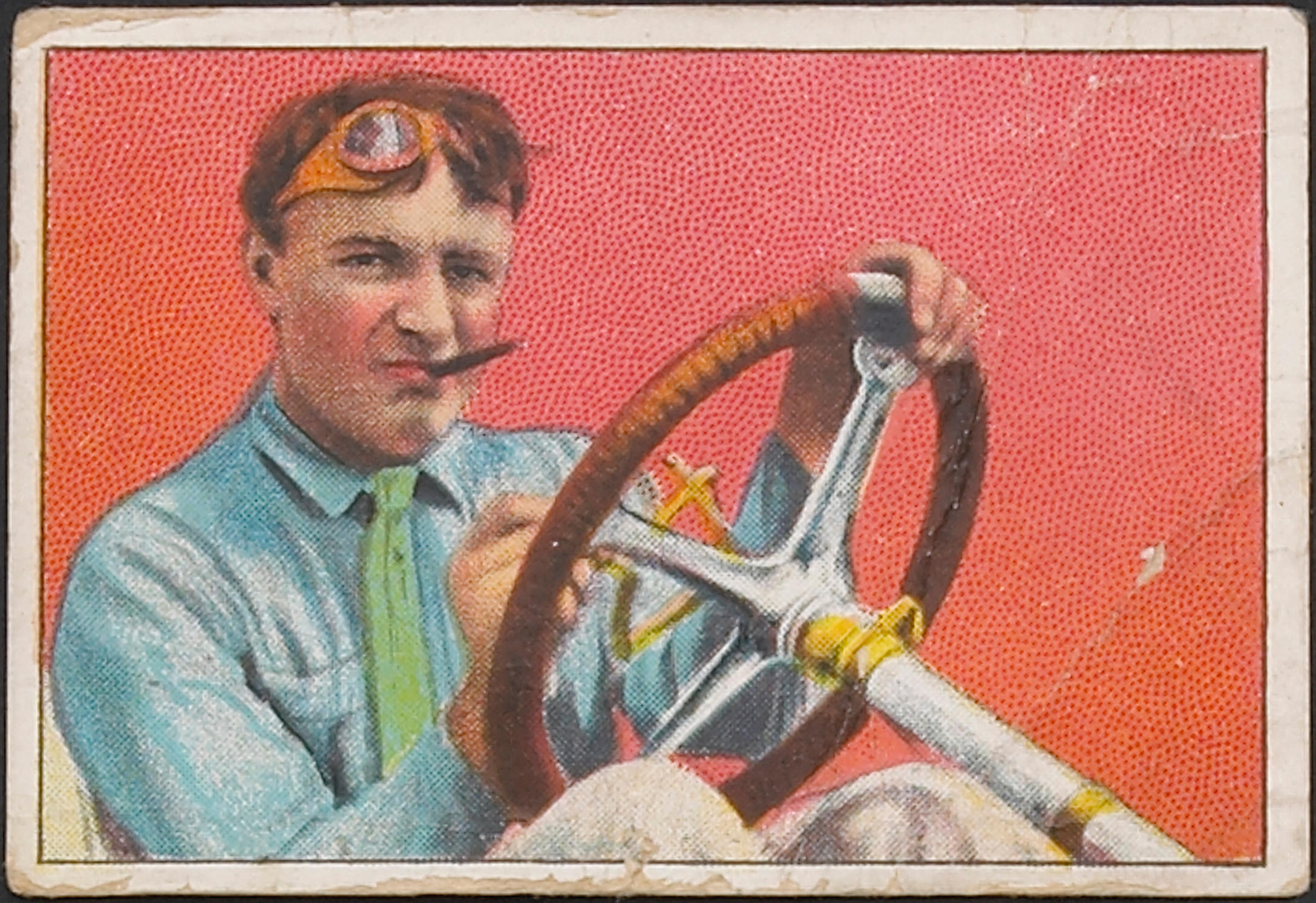
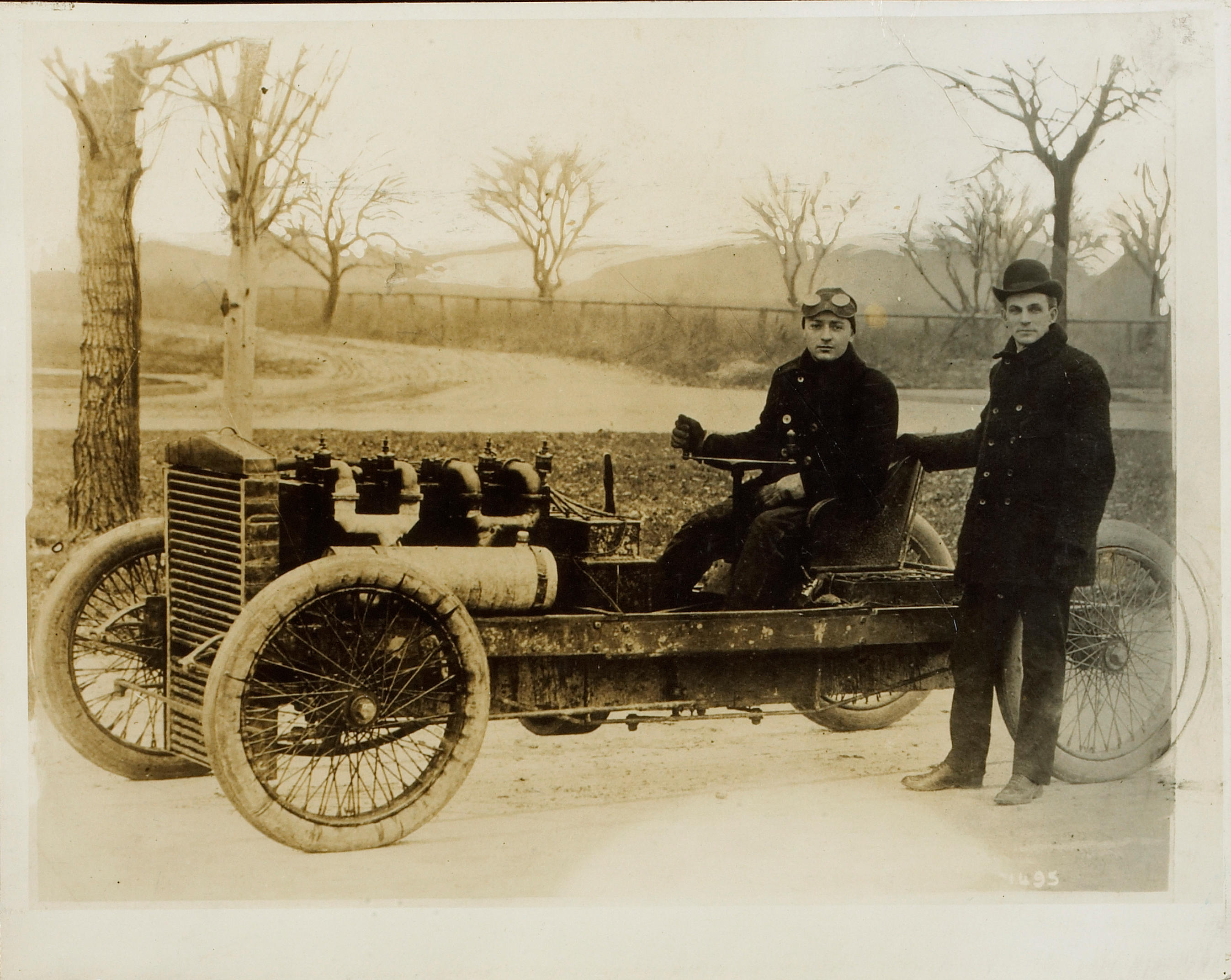

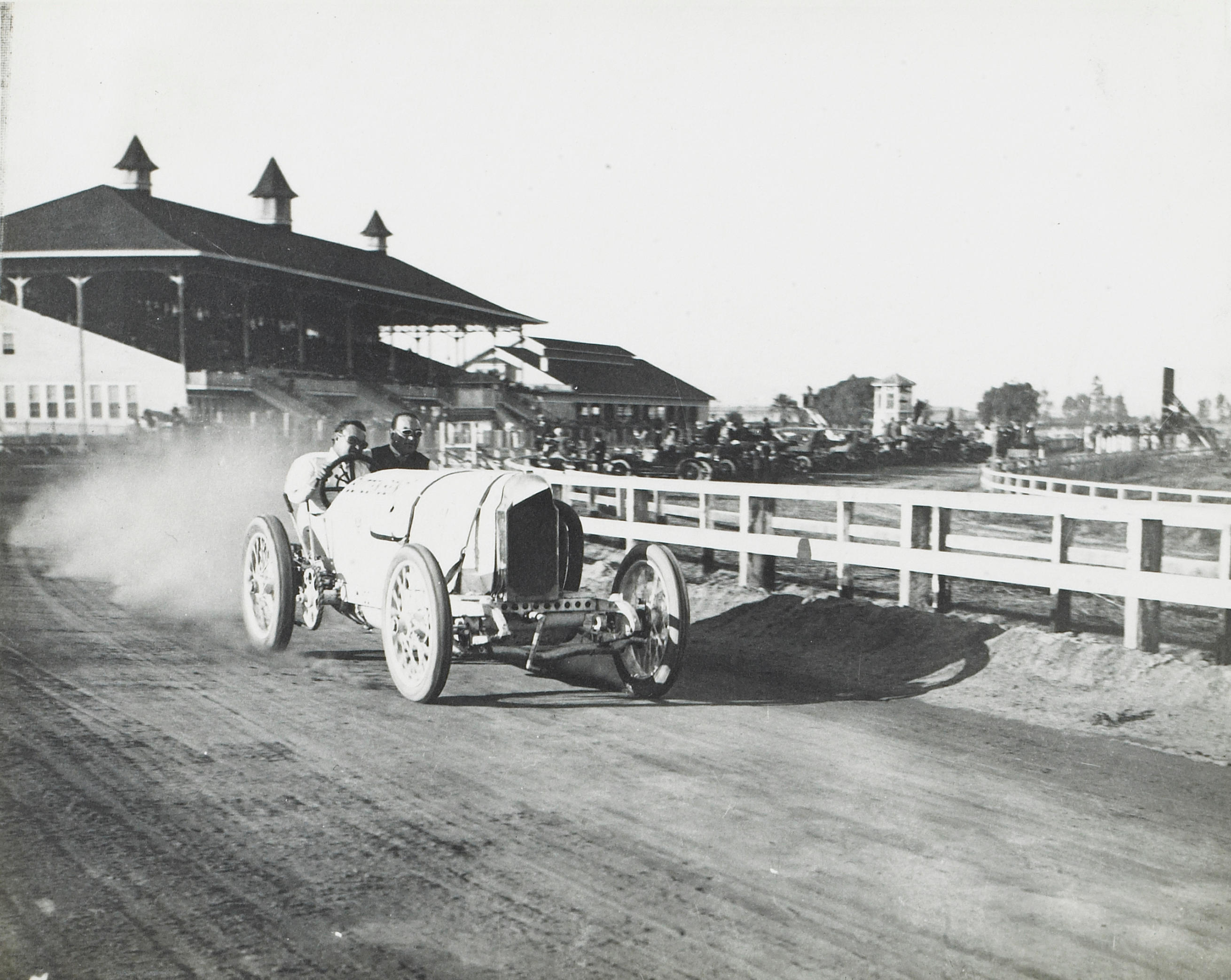
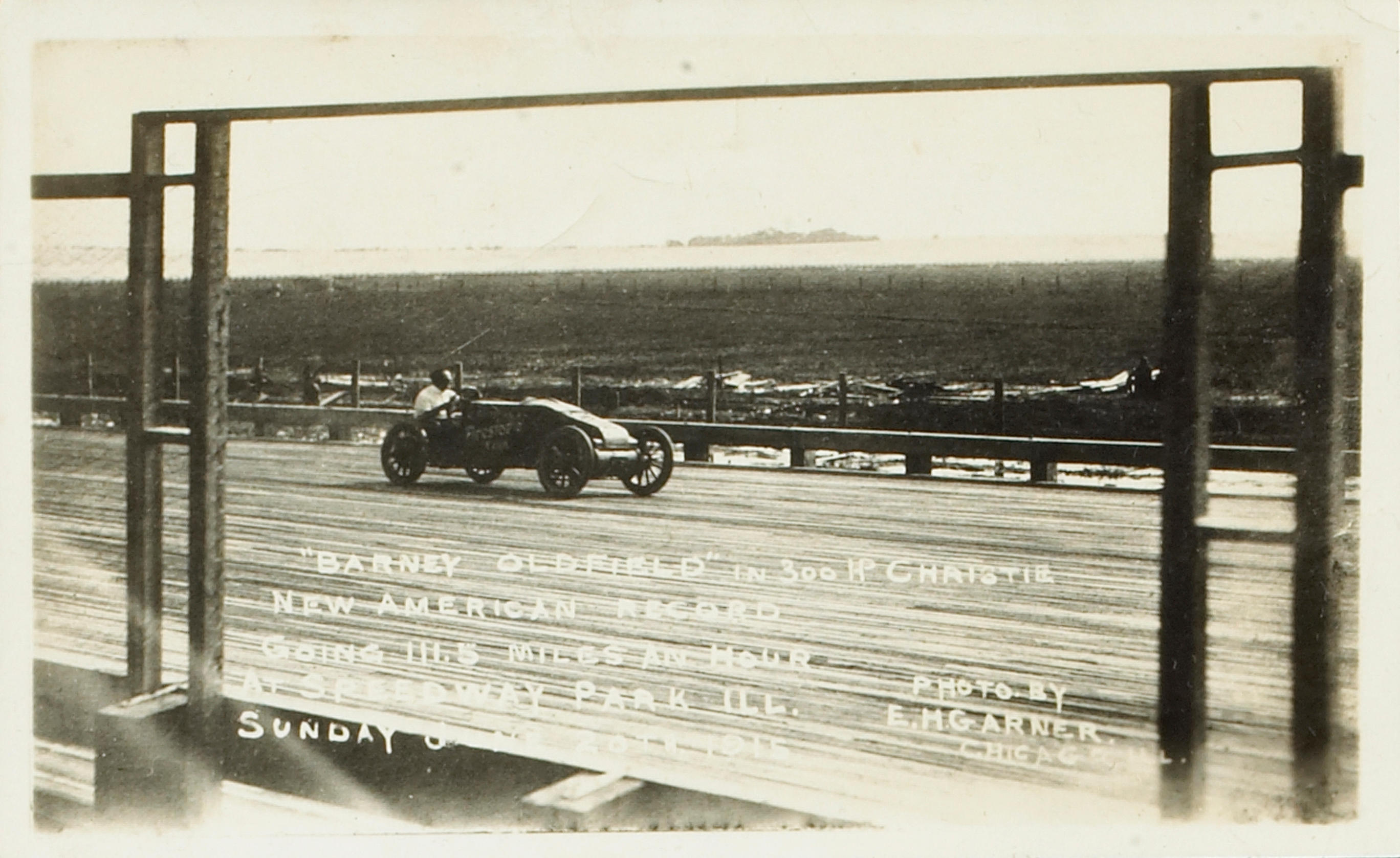
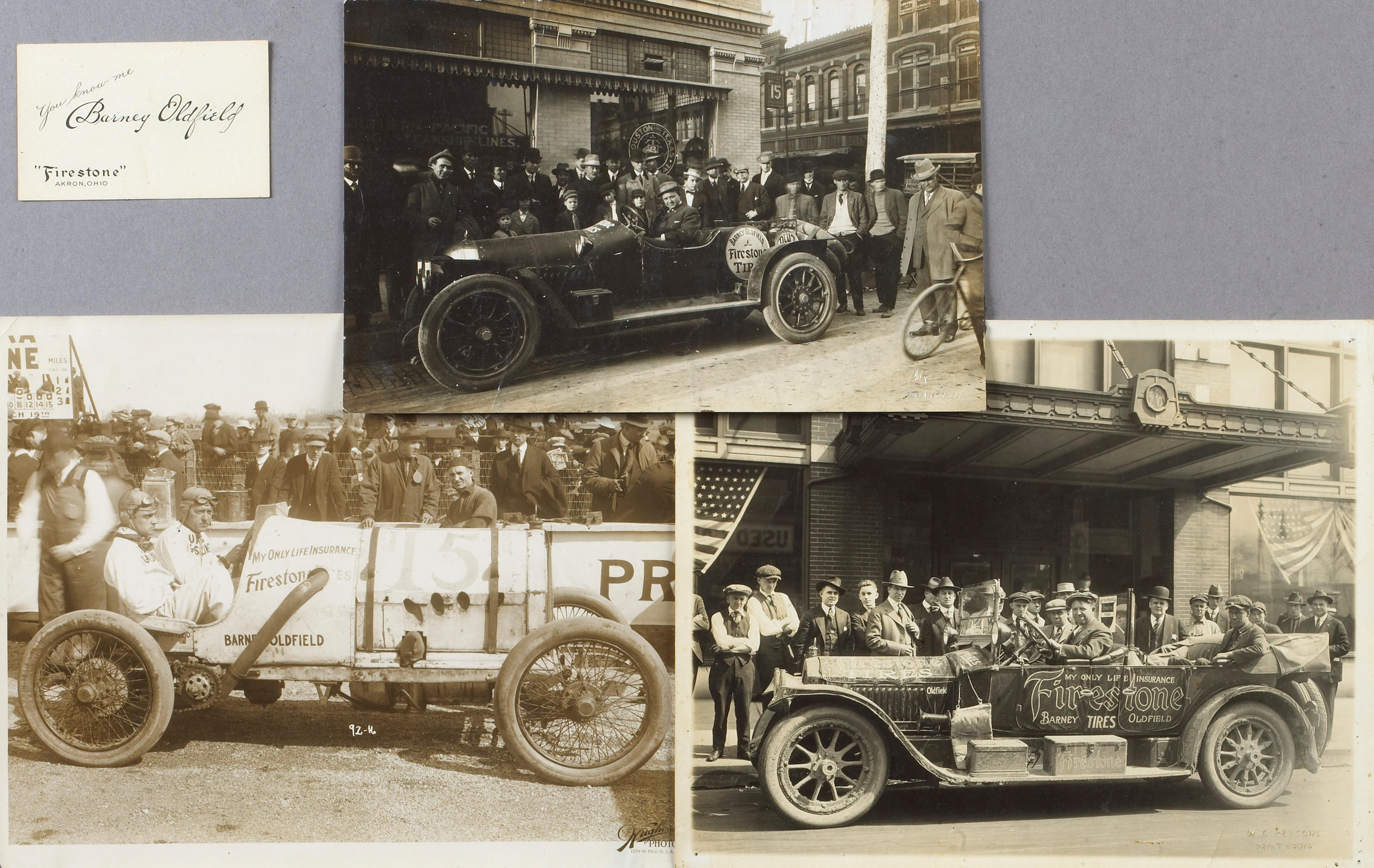








Testen Sie LotSearch und seine Premium-Features 7 Tage - ohne Kosten!
Lassen Sie sich automatisch über neue Objekte in kommenden Auktionen benachrichtigen.
Suchauftrag anlegen